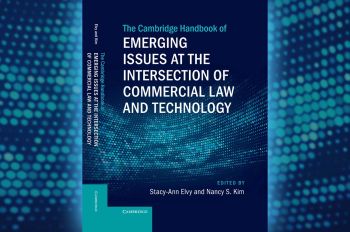Battery Researchers Publish Findings
Engineered Materials Yield Performance Promise

Longtime Illinois Tech battery researcher and faculty member Carlo Segre, Duchossois Professor of Physics and interim chair of the Department of Chemistry, along with Research Associate Professor of Chemistry Elena Timofeeva and three chemistry and physics Ph.D. candidates recently published three papers that study the structural basis for improved battery electrode performance. Their findings overall suggest that higher capacities are possible with engineered materials:
- “Role of Crystal Lattice Templating and Galvanic Coupling in Enhanced Reversible Capacity of Ni(OH)2/Co(OH)2 Core/Shell Battery Cathode” was published in Electrochimica Acta. The study explored novel core/shell nanoscale architectures for nickel hydroxide electrodes for aqueous rechargeable batteries. The findings of this study showed that a cobalt hydroxide additive, typically considered as inactive material, can also be part of a reversible charge and discharge reaction, adding to the material’s capacity.
- “Structural Studies of Capacity Activation and Reduced Voltage Fading in Li-Rich, Mn-Ni-Fe Composite Oxide Cathode” was published in Journal of The Electrochemical Society. This study investigated the mechanisms behind the reversible capacity and reduced voltage fading mechanisms of nanoscale cobalt-free, lithium- and manganese-rich cathodes, specifically the complementary role played by the intimate mixing of two distinct structures that are present in these compounds.
- “In Situ EXAFS-Derived Mechanism of Highly Reversible Tin Phosphide/Graphite Composite Anode for Li-Ion Batteries” was published in Advanced Energy Materials. The study examined the reversibility of an anode material for lithium-ion batteries and demonstrated that higher reversibility can be achieved through formation of a nanocomposite with graphite. This research indicates that composites may offer a path to improved performance for other battery materials.




